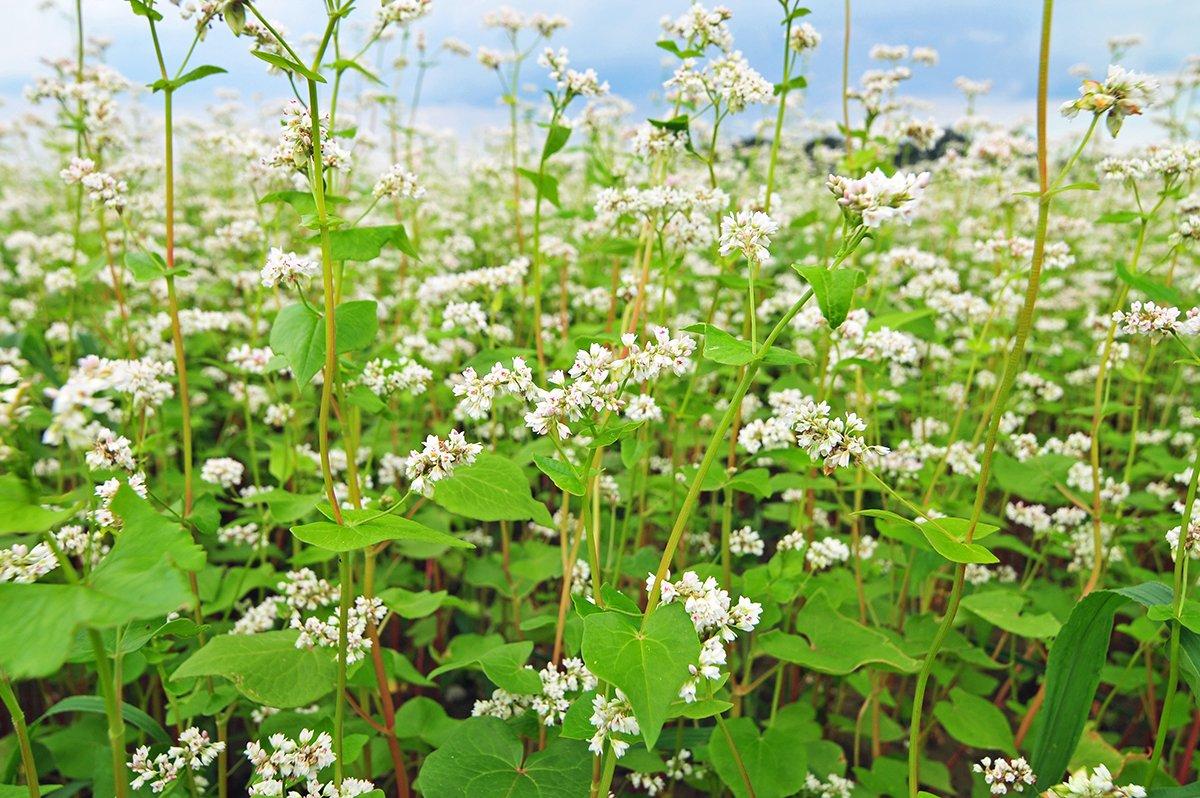What's Your Preferred Food Plot Seed Option for Wildlife?
This warm-season annual is a great food plot seed option for most hunters. It isn't a legume or grain species. It's a forb and it can grow as tall as 4 to 5 feet in height. Crude protein levels are high, often surpassing 20 percent. Deer, turkey, waterfowl, upland birds and a host of other game animals benefit from it.
Buckwheat isn't as good as many other options, though. It doesn't have as many nutrients and doesn't last as long. But it does have its place. And it is a solid option if you're trying to attract and hold more than just deer. If you want a take a shot at buckwheat, here's how to make it happen.
How to Plant
Begin by taking a soil sample. Send it off to a lab for a pH analysis. The best pH range is 5.5 to 6.5. While waiting for the results, spray for unwanted weeds and vegetation. Once you have the results, spread fertilizer and lime accordingly.
Next, break ground by tilling, disking, or implementing both (till first if doing the latter). Prepare a nice, even seedbed free of dirt globs, rocks, roots, limbs and other debris. Then you're ready to scatter seed.
If broadcasting, plant at a rate of 55 to 65 pounds per acre. If drilling, plant at a rate of 35 to 45 pounds per acre. Plant seed approximately ½ to ¾ inch deep. Don't plant any deeper than 1 ½ inches.
Where to Plant
You can grow buckwheat in almost any soil type. Just try to avoid really dry or wet locations. The middle 70 to 80 percent of the spectrum should do. That said, if dry times occur, it is fairly drought-resistant. So, basically, if you have a hard time getting something to grow in your food plots each year, try buckwheat. While it isn't bullet-proof, it is pretty hardy.
When to Plant
Buckwheat has the best chance at success if planted between April and July in the North. Plant from May to August in the South. This will allow plenty of time for the plant to reach maturity before the first frost — typically doing so within 80 to 90 days under average-rainfall conditions.
Don't Miss: 13 Reasons You Have Bad Fortune with Food Plots
Are you a hunter wanting to learn how to accomplish your goals? Check out our stories, videos and hard-hitting how-to's on food plots and land management.







